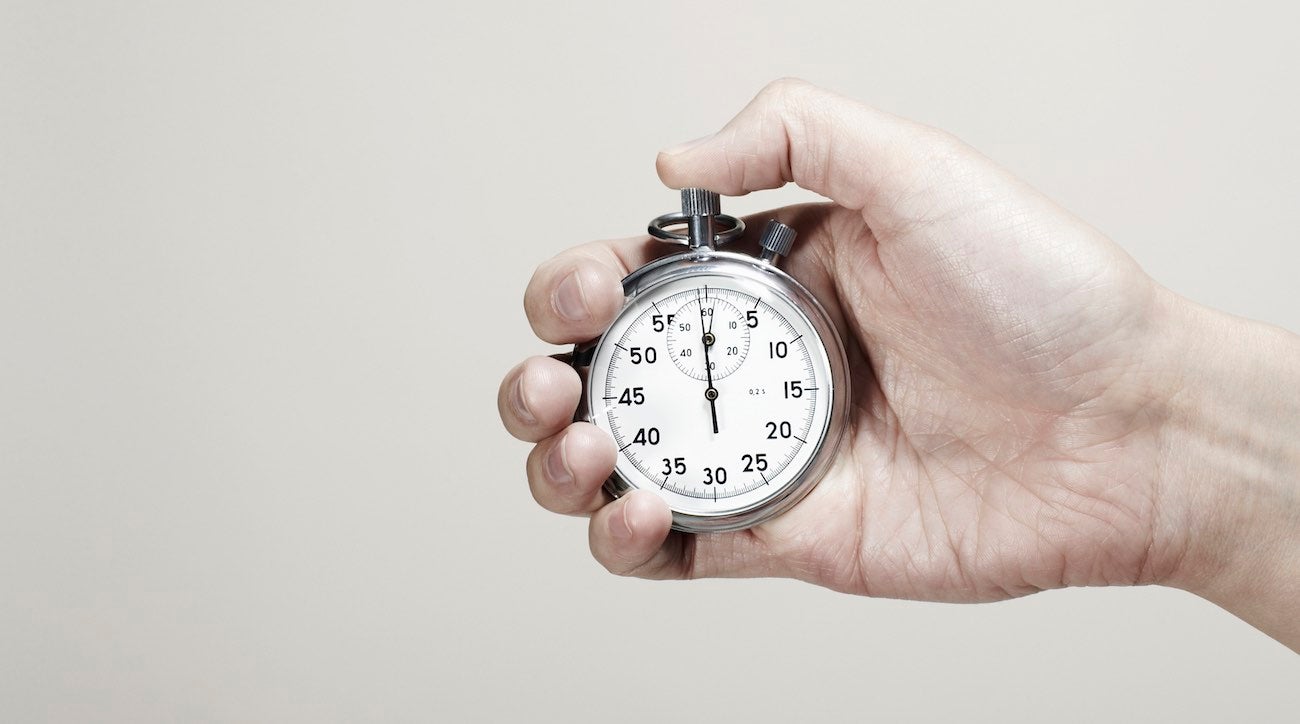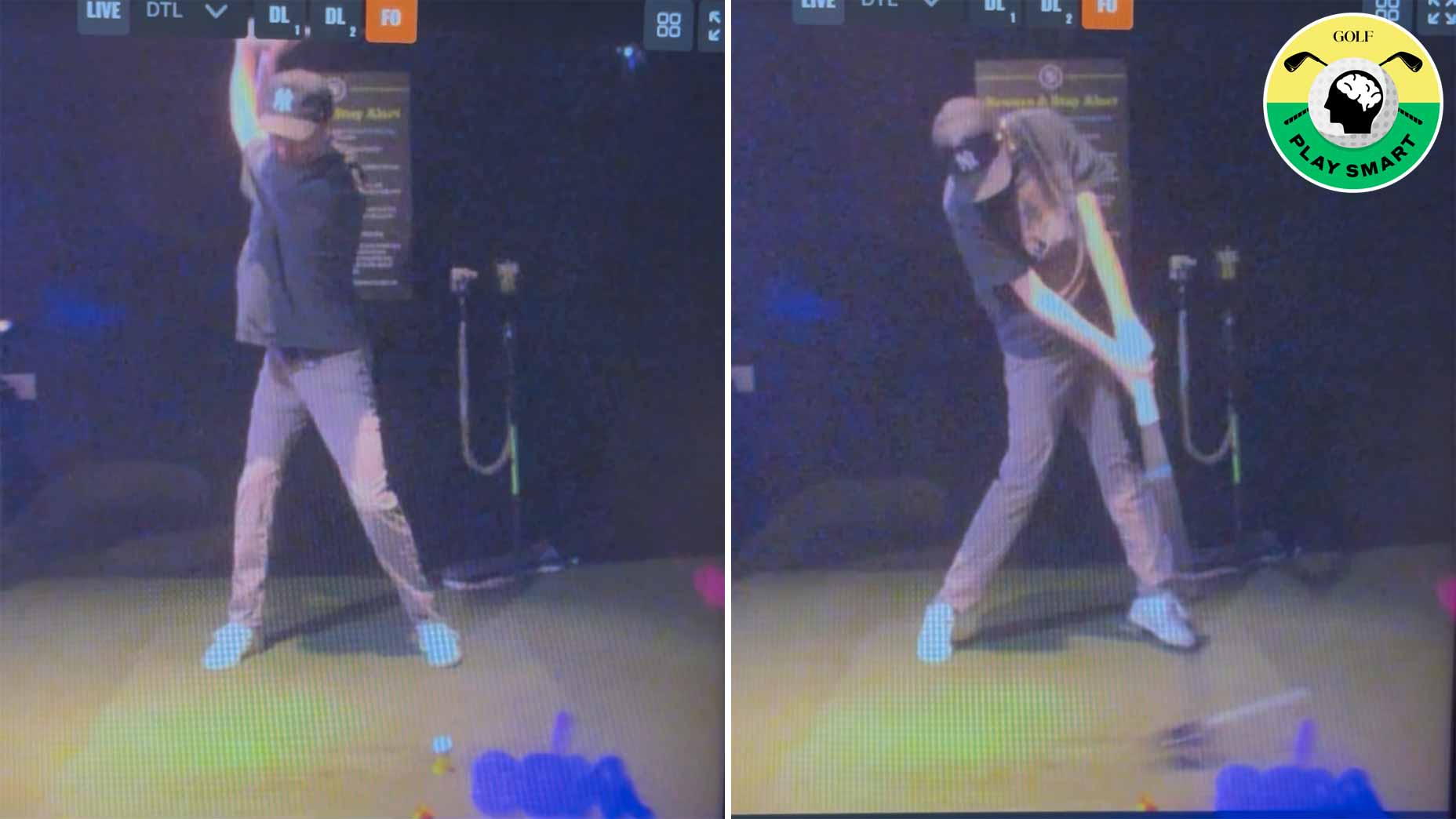 5 different methods for hitting a pitch shot
5 different methods for hitting a pitch shot
A foolproof routine to use when you only have one hour to practice

In order to see results transfer to the golf course as fast as possible, you need to create an efficient golf practice routine. And to do that, you need to make good use of two different types of practice: random and block practice.
Block practice is essentially hitting the same shot over and over again to a fixed target; random practice is aiming at different targets, never hitting the same shot twice. Block practice can be great if you’re working on swing mechanics, but random practice is the most like what we do on the golf course. It’s important to know going in because you’re going to need both of them if you want to improve when you only have an hour to spare:
5 minutes: Stretching
Spend the first few minutes stretching and doing an active warm up. This might include squats, lunges, or a plank. I know you’ll want to hit balls right away, but it’s important to get your body ready so you don’t groove any bad habits.

ADVERTISEMENT
15-20 minutes: Technique and Targets
Set up a station with two groups of five golf balls. On the first batch, hit five balls working on mechanics and nothing else, maybe using a drill your coach told you about (block practice). On your next five balls, go through your routine and hit to different targets, scoring each ball 1/5 as you go (random practice). Go through this with whichever clubs you’d like to work on. It is essential to test yourself by hitting to different targets so that you can transfer your hard work to the golf course faster.
20 minutes: Putting
The most important putts to practice are short putts (three of four footers), birdie putts (10-20 foot putts) and lag putts (30+ feet). Spend 5 minutes on a straight, three foot putt in order to work on making sure the ball starts where you are aiming. Spend the next five minutes working on four footers by making a circle of eight golf balls around the hole, and having the goal be to make all eight putts in a row. Spend whatever time is left by grabbing one golf ball and moving, hitting a variety of different putts. Pretend like you are on the course giving yourself just one chance at each putt and finish out all putts.
Only try this ‘chaos’ putting drill if you want to make more putts
15-20 minutes: Chipping and Pitching
Pick three clubs and go around to different places around the green. Force yourself to hit the same shots with each club. Learning how to use an 8-iron and a sand wedge from the same location will help you learn to have touch and feel around the green so that you can shoot lower scores.
The goal when you practice should be to make your practice as much like what happens on the golf course as possible. A mix of block and random practice will help you do that, so whether you’ve got an hour during lunch or before you hit the course for the day, give this routine a try.
ADVERTISEMENT




